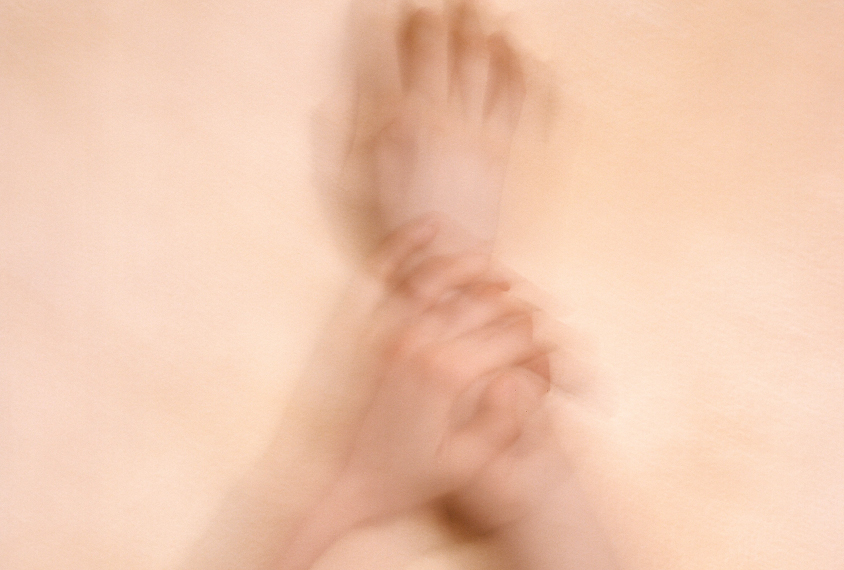
Large study shows self-injury common among children with autism
About one in four children with autism hit, scratch or otherwise hurt themselves, suggests an analysis of school and medical records for more than 8,000 children.
About one in four children with autism hit, scratch or otherwise hurt themselves, suggests an analysis of school and medical records for more than 8,000 children in the United States. Children who engage in self-injury tend to have mood and behavioral challenges, as well as cognitive impairment.
The findings, from two related studies, document the prevalence of self-injury among children with autism in a large, diverse population1,2. Previous studies were small, and often limited to individuals with autism who also have serious behavioral problems.
“Self-injurious behavior is not something that is rare in children with autism,” says Gnakub Norbert Soke, who led both studies at the University of Colorado in Aurora.
The results underscore the urgency of better understanding and developing treatments for self-injury, which can lead to hospitalization or even death, Soke says. The findings appeared in November in the Journal of Autism and Developmental Disorders.
Knowing which conditions and problems accompany self-injury could help parents and doctors identify children with autism at risk for the behavior. “We need to watch for signs,” says Jill Fodstad, assistant professor of clinical psychology at Indiana University in Indianapolis. “It would be worth it to try to intervene at the first signs of self-injury, or even before it begins.” Fodstad was not involved in either study.
World of difference:
Soke’s team analyzed data from 8,065 children aged 8 who are part of the Autism and Developmental Disabilities Monitoring Network, a program funded by by the U.S. Centers for Disease Control and Prevention. In this network, clinicians review school and medical records for signs of autism to determine the prevalence of the condition.
Soke and his colleagues looked for signs of self-injury in records from six sites for the years 2000, 2006 and 2008. These were the most recent years for which self-injury information was complete. The behaviors included self-inflicted banging of the head, poking the eyes, hair-pulling, biting, hitting and pinching. Their search revealed that 2,234 (28 percent) of the children with autism harm themselves.
The findings suggest that parents and doctors should be alert for signs of self-injury in children with autism.
“People who are working with individuals with autism should have their radar up for that,” says Lee Wachtel, medical director of the Neurobehavioral Unit at the Kennedy Krieger Institute in Baltimore, who was not involved in the work. “When what’s driving the self-injury is identified, particularly at a young age, and appropriate treatments are implemented, you can make a world of difference in terms of the child’s global functioning.”
Elevated risk:
In a second study, Soke and his colleagues investigated possible connections between self-injurious behaviors and a variety of other features — from a child’s sex and race to sleep problems and sensory sensitivities. The researchers also took note of family characteristics, such as age of parents, maternal education, insurance coverage and income.
In addition to the school and medical records, the researchers included data for 5,102 children in the Autism Treatment Network, a national registry of children with confirmed autism diagnoses.
The team found an association between self-injury and a dozen other behaviors and traits, including aggression, anxiety, hyperactivity and mood and sleep problems. These features might represent risk factors for self-injury, Soke says.
Children of women who lack a college degree, rely on public health insurance or live in low-income areas also have an elevated risk of self-injury, the team reported. These factors may raise the risk of self-injury by limiting a family’s access to treatments for conditions that underlie self-harm, Soke says.
The researchers did not see any links between self-harm and sex, race, ethnicity, digestive problems or parental age. Scientists should follow children with autism over time to determine when self-injurious behaviors emerge and to identify early warning signs, Soke says.
References:
Recommended reading

New organoid atlas unveils four neurodevelopmental signatures
Explore more from The Transmitter

The Transmitter’s most-read neuroscience book excerpts of 2025

Neuroscience’s leaders, legacies and rising stars of 2025


